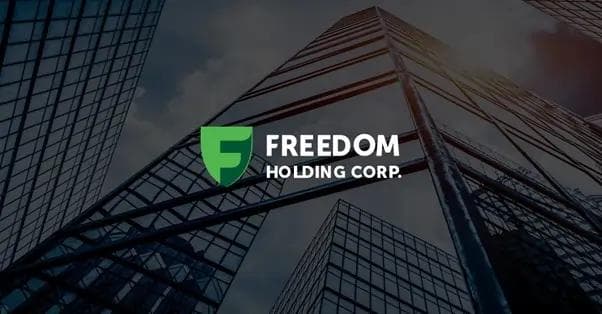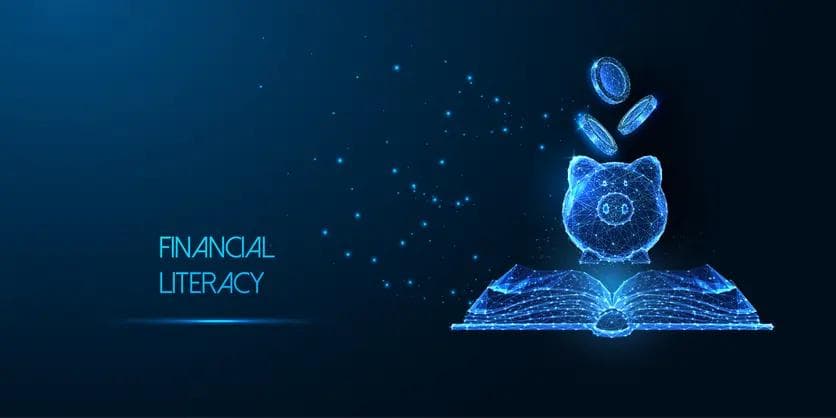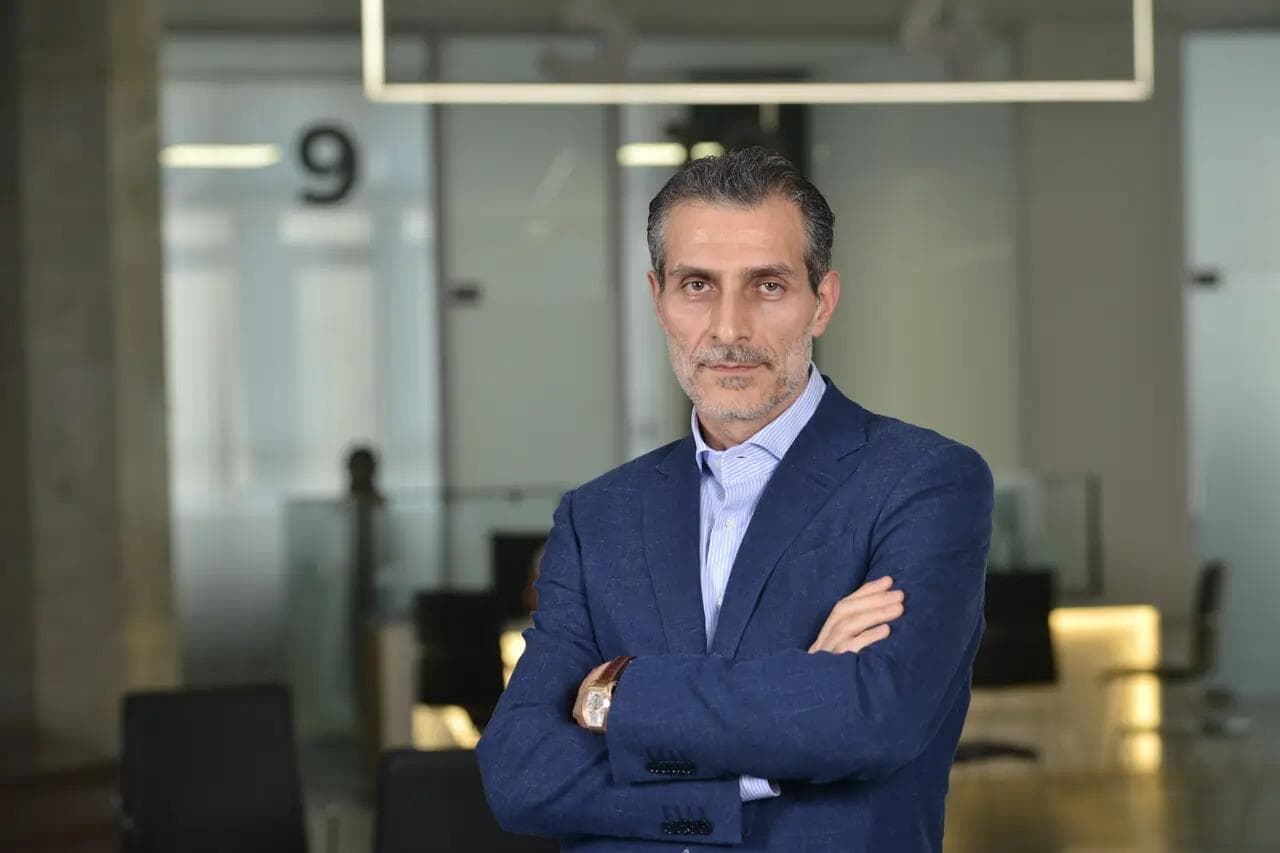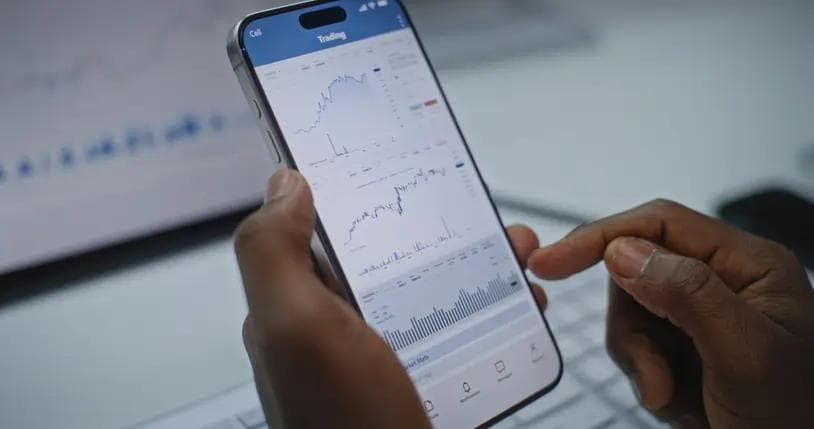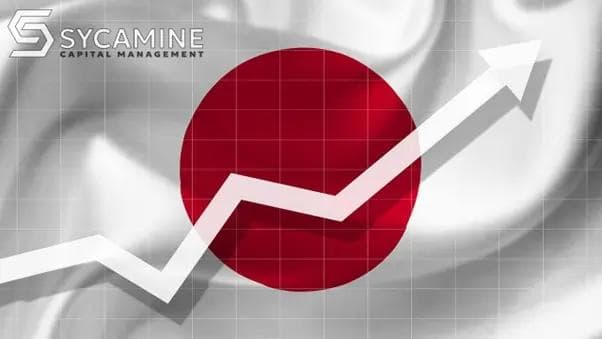Employing your ‘sixth sense’ in systems selection
Employing your ‘sixth sense’ in systems selection
Published by Gbaf News
Posted on December 24, 2018

Published by Gbaf News
Posted on December 24, 2018

In the asset management world there are many factors involved in the systems selection process and most of these have been well documented by procurement experts aroundthe globe. At a basic level, the decision between an enterprise or best-of breed approach to technology need to be addressed, followed by a review of the functionality on offer from the various relevant vendors.
Some considerations, however, transcend all approaches and these are often overlooked by firms reviewing their businesses’ models. Firstly, the ability to implement the system in a reasonable and predictable time-frame and to a set budget is critical. Implementation becomes more challenging when firms are looking to deploy across regions. Here, the experience and track record of the vendor is crucial.

Abbey Shasore
The second key area is the ability to integrate. A fundamental compromise to ongoing agility is the inability to quickly, accurately and simply assimilate new systems and services. This is almost always underpinned by a technical integration; systems need to be open and able to share and receive information in a transparent and simple manner. The capacity to integrate is often an interesting indicator as to the true age of the system (or certain areas of the system), although it is sometimes exacerbated by the vendor’s defensive culture.This defensiveness can be manifest if the vendor is concerned that other vendors are trying to ‘muscle in’ on their domain.
What is less often discussed, however, are the ‘soft skills’ that will be decisive in the project’s eventual success, long after the selection process is complete. The importance of the personal touch should never be overlooked or underestimated when assessing and selecting a vendor. Any personal chemistry between an asset manager and the vendor under consideration is important and should be a factor. There needs to be a cultural alignment between the two parties, involving an openness and a compatibility.
There is palpable value in engendering trust (something that I consider to be apposite) and drawing your carefully selected vendor-partner into your sphere of confidence. For example, involving a vendor in the process of setting the appropriate parts of the new Target Operating Model is a big step for most asset managers to take, but the payback for such a bold move will be enjoyed long after the deployment is complete.Conversely, the default ‘master-servant’ relationship between the asset manager and a vendor is one that will result in missed opportunities or an ineffective project. Not involving your vendor-partner in the key principles behind your rationale, approaches and decisions (or even just failing to perceive them as part of your wider project team) curtails your ability to capitalise on those positive benefits. It risks not only restricting the capacity of the vendor to deliver but will also have a demotivating effect on the entire team.
The real danger is that relevant peripheral information is withheld from the joint project team in circumstances where the relationship between vendor and client is insufficiently close. The denial of vital information will inevitably doom the project from the outset, whereas the subtler suppression of relevant information is likely to lead to more insidious effects. The inevitable outcome will be a project that fails to deliver its full potential (particularly in terms of known but uncommunicated future client needs or aspirations). Of course, this kind of issue can always be addressed, but time and money will inevitably be wasted in the course of doing so.
Where firms can share concerns early and have a transparent,trusted relationship with their vendor, based upon regular, ongoing and multi-level dialogue, the chances of success are very significantly enhanced. If, as sadly many relationships do, a culture develops whereby at the earliest challenge the interaction rapidly descends into a ‘blame game’, the project will struggle to recover and the association will probably never evolve to the optimum partnership.
In order to mitigate this risk, asset managers should select their suppliers carefully, ensuring a strong cultural fit. Both parties need to develop an open, honest relationship and strive for a true partnership – something that is often quoted, but rarely delivered.
The benefits of this kind of open relationship between asset managers and their vendors are numerous. Aside from increasing the likelihood of the project being completed on time and to budget, the transferral of knowledge between the vendor and the asset manager will be improved. The vendor will have a deeper understanding of the asset manager’s business strategy and therefore be in a better position to adapt and flex the implementation plan if the business strategy needs to evolve.
Of course, one of the growing challenges is the number of vendors to choose from. The lack of a competitive landscape in many areas of investment management technology (often due to vendor consolidation) means that it can be difficult to create real choice. Great solutions are always stimulated by strong competition; vendors with a dominant position tend to become complacent, suffer from a deterioration in service levels and focus on internal or client issues with less regard for the moving market requirements.
In our experience, US asset managers are sometimes more open and direct in their dealings with vendors than their cousins across the Pond. This may simply be a cultural phenomenon, but I believe there is a lesson to be learned here:employing your ‘sixth sense’ during systems selection will reap tangible benefits.
Explore more articles in the Investing category

